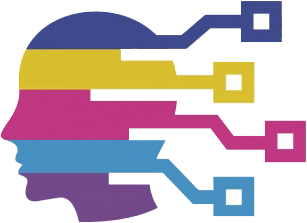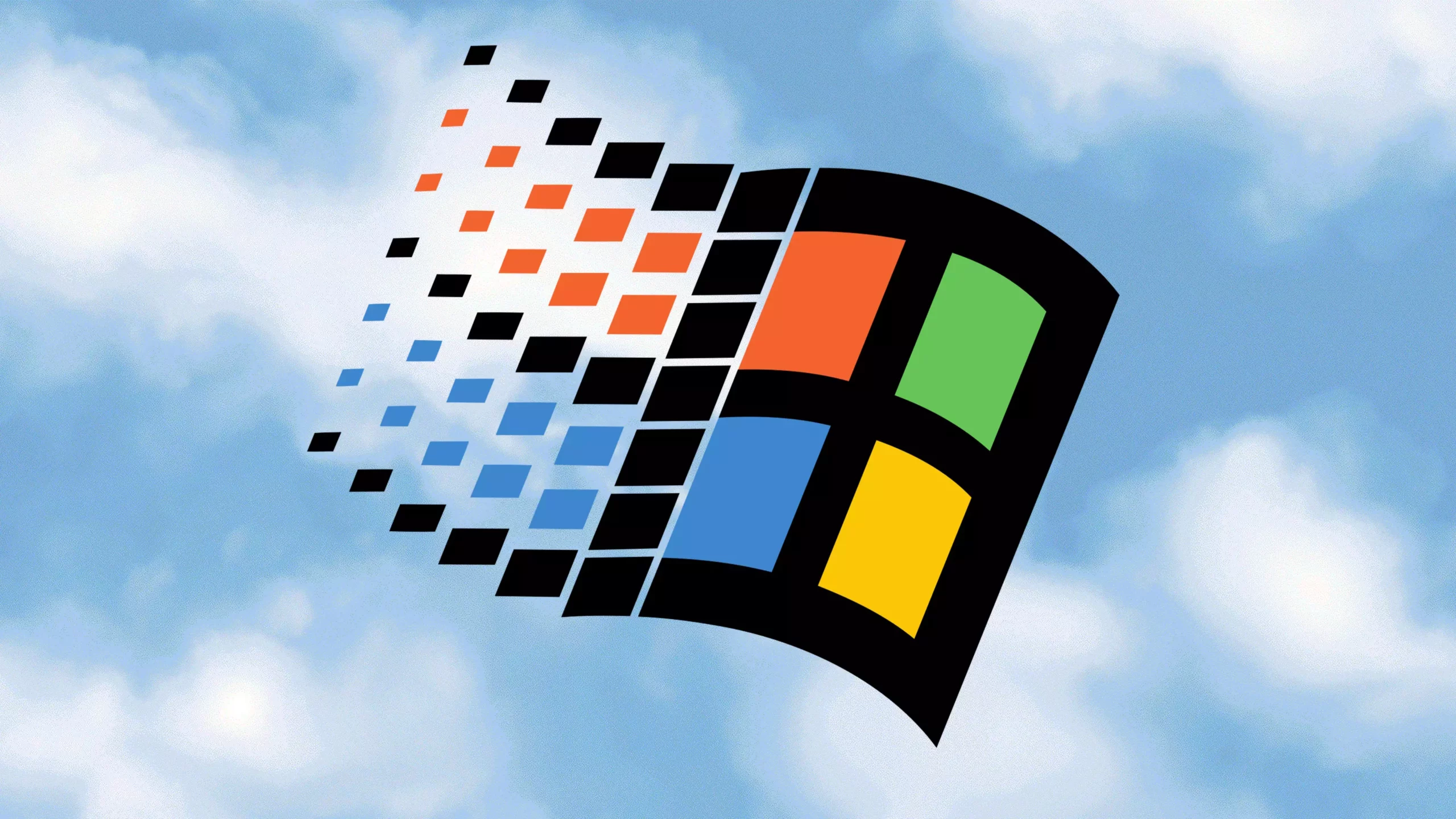In a digital age obsessed with emulating classic games on modern PCs, the reverse experiment—transforming a gaming console into a rudimentary PC—stands out as a testament to technological curiosity and sheer ingenuity. Recently, a dedicated modder from the YouTube channel MetraByte embarked on the challenging quest to install Windows 95 on a Sony PlayStation 2, a feat that at first glance seems laughably improbable. The effort highlights not just a technical challenge, but also the unwavering curiosity that fuels the maker community’s penchant for pushing hardware beyond its intended capabilities.
The Challenge of Architecture and Compatibility
One cannot overstate the difficulty of installing Windows 95—an operating system designed for x86 processors—on the PS2’s MIPS architecture. The hardware incongruity immediately introduces a monumental roadblock: no native support for the OS’s instruction set. To overcome this, MetraByte’s first task was to integrate an x86 emulator on the console, a software bridge translating between the PlayStation’s native machine language and that required by Windows. The sheer complexity of this layer of emulation alone is a worthy challenge, considering the limited processing power and memory constraints intrinsic to the PlayStation 2’s design.
What’s compelling here is the clear contrast between the PS2’s purpose—highly optimized gaming, graphical rendering, and real-time performance—and the demands of a general-purpose operating system like Windows 95. It is a mismatch that, by design, should deter most attempts. Yet, it was exactly this improbable combination, fraught with technical compromises, that the experiment sought to explore.
Hardware Hurdles and Input Limitations
Technical obstacles extended beyond just CPU architecture issues. Peripheral support proved frustratingly limited. Despite numerous attempts, the PS2 running Windows 95 couldn’t properly interface with a standard computer mouse. This is a glaring handicap in trying to recreate a PC-like experience as Windows, especially older versions, rely heavily on mouse input for usability. Instead, only a keyboard paired with a gamepad was recognized—an awkward and far-from-ideal replacement.
This limitation highlights a broader theme: adapting hardware designed for one ecosystem to work within another often involves sacrifices to the user experience. MetraByte’s candid documentation of these struggles is valuable precisely because it reveals the gritty reality behind hack-driven nostalgia projects: they rarely, if ever, meet practical usability standards.
The Dream of Playing Classic PC Games on Console
Central to the modder’s motivation was the ambition to run classic Windows software on the PS2, with the iconic first-person shooter Doom being the prime candidate. There is a symbolic poignancy in running Doom on virtually anything, and the gaming community cherishes such triumphs as a badge of creative spirit. However, even with hours of toil, Doom stubbornly failed to function properly in this emulated environment. The game’s complex demands on the OS and input devices were too much for the hacked-together combo.
Herein lies the bittersweet reality of such endeavors. The hack is as much about the joy of experimentation and discovery as it is about the end product. MetraByte’s adventure serves as a fascinating case study in modern retrocomputing, demonstrating that despite monumental progress in emulation and hardware modification, some platforms resist seamless adaptation.
A Wider Context of Hardware Hacking
What excites many observers is that this is not an isolated episode but part of a wider culture of hardware enthusiasts experimenting with unconventional setups. The preceding year saw Windows 95 running on a Nintendo DS in a similar spirit of exploration. These projects raise intriguing questions about the intersection of hardware capabilities, software architecture, and user expectation.
In my view, while such attempts rarely result in practical outcomes, they embody an essential ethos of the digital age: nonconformity and curiosity lead to innovation. The MetraByte Windows 95-on-PS2 experiment might not replace your PC any time soon, but it reminds us that technology can be a playground for re-imagining possibilities, where frustration and failure are as valuable as success.
This kind of inventive tinkering underscores a deeper appreciation for the original systems and software, not merely as tools we use but as landscapes we explore, tweak, and sometimes rediscover entirely new facets of—and that is genuinely inspiring.

